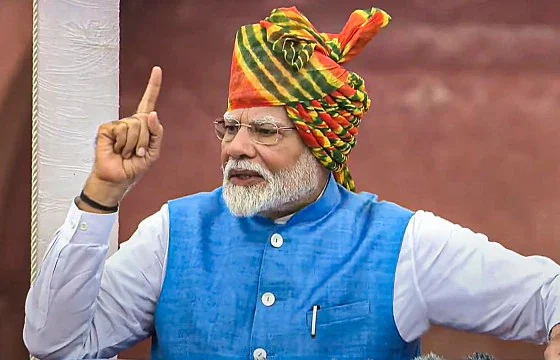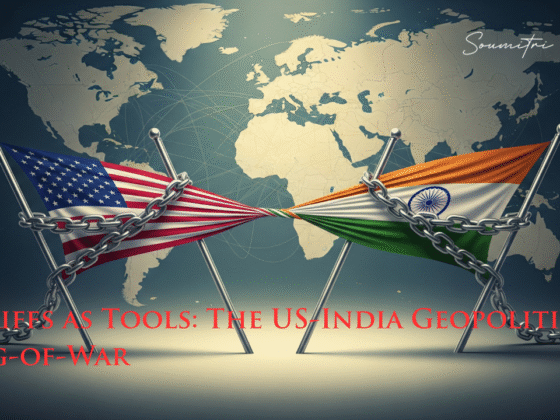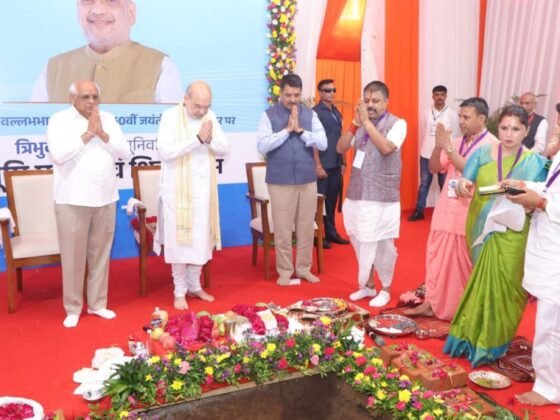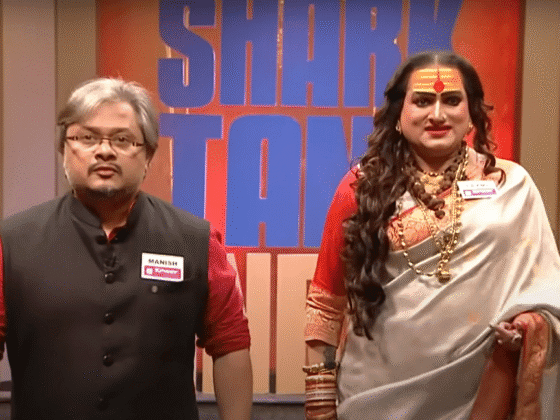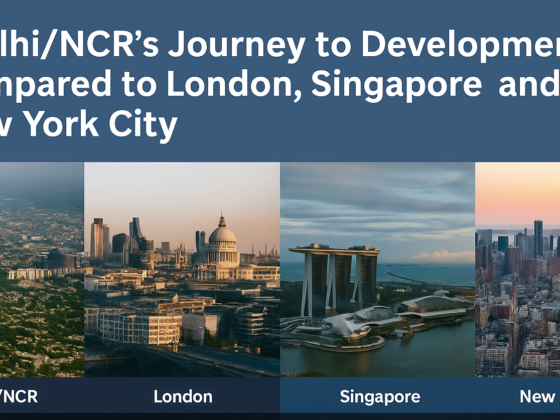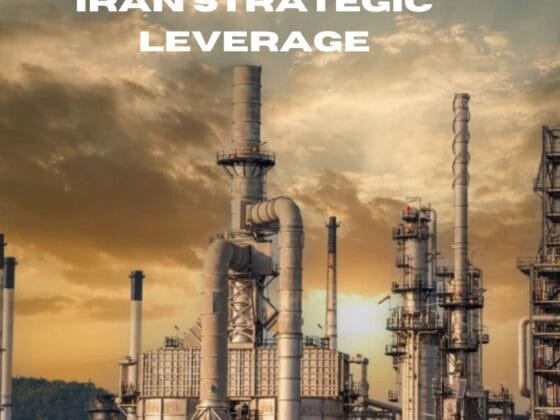Educational Journey of India
India is a diverse country with a rich culture, tradition and heritage. India is believed to be a seat of ancient civilization and great knowledge. Its history highlights that Indians were well equipped with knowledge of various fields such as science and technology, handicrafts, sculpture making, finance, music etc.
Education by all means is the most important and efficient tool for a progressive society. It has been considered an investment like no other. Every developed and advanced nation has the majority of its population educated and skilled, a significant drawback of India.
During the Vedic Period (1500 BC to 500 BC) education was imparted by gurus (teachers) to their shishya (student) in Gurukuls. Children stayed away from their home to gain the knowledge of Vedas. It laid emphasis on spiritual and worldly knowledge.
Students were made to -meditate, give up bad habits and lead a simple life of high thinking. This led to the development of Hindu philosophy. It is suspected that education in this age was mostly limited to people of higher castes and skill based knowledge was imparted to lower strata through societal socialization. The major fields of interest were Vedic math, Indian logic, politics, sciences etc. Eminent scholars like Aryabhatta,
Kautilya, Brahmagupta are a product of this education system.

After the establishment of Mughal rule (13th century to 16th century) in India, the traditional methods were replaced by Islamic education. Madrassas and Kuttabs became the centers of learning. Persian was the language for transfer of knowledge. Women in this period were either taught at home or denied education completely.
The people in this period were excellent craftsmen, carvers and had expanded their knowledge of weapons and armory. Urdu as a language emerged and was prophesied under the Islamic rule. Major fields that developed were philosophy, mathematics, medicine, agriculture, geography etc. Distinguished scholars of this period include Kabir, Al-Beruni, Firdausi etc.
In 1835 another revolution took place in the Indian education system under Lord Thomas. The British East India Company proposed new reforms in education to bridge a link between Hindi and English. They disregarded the study of subjects like philosophy and spirituality rather laid emphasis on promotion of science and technology.
Education was formalized but Britishers were not interested in educating Indians but to serve their personal interests of allocating low rank posts and carrying out menial administrative jobs. However, against their will, it led to an emergence of a learned class which played a pivotal role in overpowering them. New colleges, Universities, schools and libraries were constructed under their rule. People like Raja Ram Mohan Roy,
Bhagat Singh, Jyotirao Phule etc were taught under British Raj.
When India gained independence in 1947 changes began to take place. For nearly two decades the education sector continued as it was in the colonial era. Poverty and literacy rates were significantly low. India is still trapped in a vicious cycle of poverty resulting in low education and less education being a major cause of poverty. The rigid mindset of Indian people has also been linked to low education standards in the country.
Post-independence India saw its first educational reform in the year 1968 under Indira Gandhi.it called for radical restructuring of the education system to promote higher education in both rural and urban areas. Another major set of reforms were brought in 1986 by the Rajiv Gandhi government. Its main focus was educating women and backward classes. It was framed to remove disparities prevailing in the system and promote equal opportunities of education to all irrespective of their caste, gender, etc.
Today, it is our fundamental right to have education and education of children of age 6 to 14 years has been made compulsory. It is the fundamental duty of every parent or guardian to ensure their child receives education. Many new schools have been set up to promote education in rural areas.
The most recent advancement in the field of education has been brought about by Mr Narendra Modi by introducing the new reforms in 2020 that are all set to be implemented.
The new pattern focuses more on vocational training and adult education in rural and urban areas. The 10 + 2 structure will be replaced by 5 + 3 + 3 + 4. Coding
will be introduced from class 6 and methods that promote experiential learning will be adopted. Many other bold steps were taken to bring about transformational changes by
- The changes were long awaited and necessary but their results however look
far-fetched. There was a dire need to initiate steps that promote financial literacy and sex education keeping in mind the pitiable incidents of the country.
During these COVID times the education sector faced a massive blow as there was a reduction in the Union budget. Majority of the Indian population was unable to cope with the sudden and drastic switch to online mode due to lack of resources. India witnessed a large number of school drop-outs in the year 2020 and 2021 because of the financial
crisis. The government institutions are miserable and private education is still not affordable for everyone. The poor strata largely remain illiterate and unaware.

Thus, in such circumstances it is hard to remain hopeful. It seems that India’s
demographic index might not be able to benefit as much as it was speculated.
Education should be more focused on holistic development and skill enhancement.
Owing to India’s rising crime rate, it is also necessary to impart moral education and broaden the orthodox mindsets. Aptitude testing and career counseling should be made mandatory to assist students in choosing the right paths.
Countries like China have
adopted such policies and as a result we see them excelling in all spheres such as sports, technology, manufacturing etc. The Ministry of Human Resource Development (HRD) must work proactively to reduce inequality index, provide employment and make the nation prosper as a whole. Education is a progressive journey and we can only wish
to see light at the end of this dark tunnel!

 Add to favorites
Add to favorites


